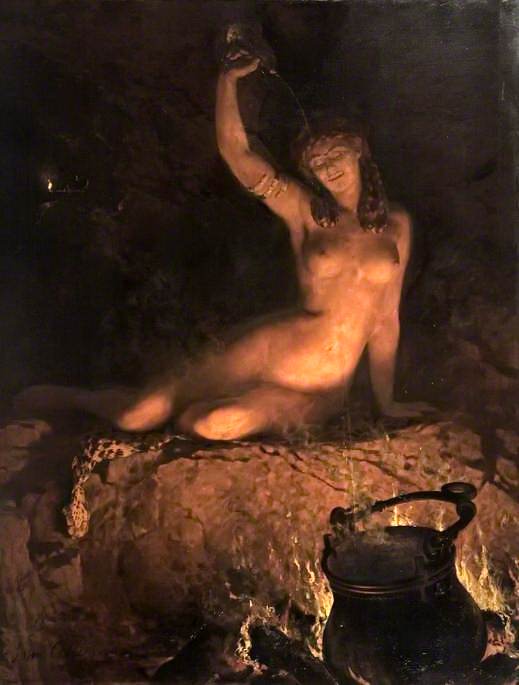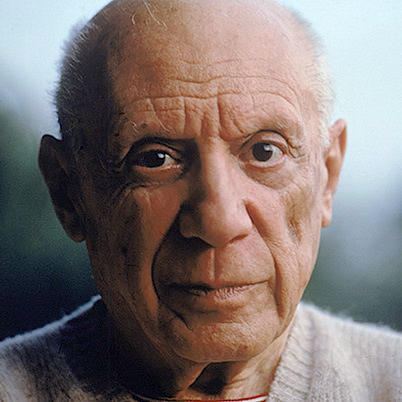Shirin Neshat: A Revolutionary Voice in Contemporary Art
Shirin Neshat, an Iranian-born artist whose work spans photography, film, and video installations, has emerged as a profound voice in contemporary art. Her art not only explores the complexities of identity and the intersection of cultural, political, and gender issues but also challenges conventional narratives surrounding the representation of women and the concept of the self. Neshat's unique approach has established her as a significant figure in the global art scene, captivating audiences with her evocative and thought-provoking pieces.
The Genesis of Shirin Neshat's Artistic Journey
Born in Qazvin, Iran, in 1957, Shirin Neshat's early years were shaped by a cultural and political landscape that would later profoundly influence her art. She moved to the United States in the late 1970s to pursue higher education, eventually earning a Bachelor of Fine Arts from the University of California, Berkeley, and a Master of Fine Arts from the University of California, Los Angeles. Her experiences as an expatriate, combined with the socio-political upheavals of her homeland, became central themes in her work.
Neshat's initial foray into the art world was marked by a period of exploration and experimentation. Her first significant breakthrough came with her photographic series, "Women of Allah," which garnered widespread acclaim and established her as a major new talent. This series was notable for its innovative use of calligraphy and its exploration of the complex interplay between gender, religion, and identity.
Aesthetic and Thematic Explorations
At the heart of Shirin Neshat's art is a deep engagement with themes of gender, power, and cultural identity. Her work often juxtaposes the traditional and the modern, the personal and the political. The use of calligraphy and the layering of text over images in her photography serve as powerful symbols of the tension between personal expression and cultural constraints.
Neshat’s photographs and video installations frequently feature women in traditional Islamic attire, portrayed in stark, emotionally charged settings. These images challenge Western stereotypes about Muslim women while simultaneously interrogating the constraints imposed on women within Islamic societies. Her work offers a nuanced perspective that transcends simplistic narratives, providing a more complex and empathetic view of the experiences of women in diverse cultural contexts.
Notable Works and Series
One of Shirin Neshat's most celebrated works is the "Women of Allah" series, which emerged in the late 1990s. This series consists of black-and-white photographs of women adorned with Persian calligraphy, exploring themes of female martyrdom, religious devotion, and the political landscape of Iran. The calligraphic text, often derived from Persian poetry, adds a layer of poetic intensity to the images, inviting viewers to engage with the complex interplay between text and image.
In her video installations, such as "Rapture" and "Turbulent," Neshat continues to delve into themes of gender and cultural identity. "Rapture" (1999) presents a stark contrast between men and women in an Islamic context, highlighting the segregated experiences of both genders. The piece uses a stark visual language and an evocative soundscape to convey a sense of isolation and disconnection.
"Turbulent" (1998) is another seminal work by Neshat that explores the tension between male and female experiences in the context of Islamic culture. The video juxtaposes two screens, one featuring a male singer performing traditional music and the other showing a female singer in a separate space. This duality emphasizes the segregation of genders and the different experiences and expectations placed upon them within a conservative society.
The Role of Text and Calligraphy
Shirin Neshat’s innovative use of text and calligraphy is a defining feature of her work. The Persian script that adorns her photographs and videos is not merely decorative; it serves as a critical commentary on the themes she explores. The text often features excerpts from Persian poetry or historical documents, adding depth and context to the visual imagery.
The juxtaposition of text and image in Neshat’s work creates a dynamic interplay between the visual and the verbal, inviting viewers to engage with the layers of meaning embedded in her art. The calligraphy serves as a bridge between the viewer and the cultural and political narratives that Neshat seeks to convey, enriching the viewer's understanding of the themes and messages within her work.
Political and Cultural Commentary
Neshat’s art is deeply embedded in the political and cultural contexts of Iran and the broader Middle Eastern region. Her work frequently addresses the impact of political regimes on individual and collective identities, particularly focusing on the experiences of women. Through her art, Neshat critiques the ways in which political and religious ideologies shape and constrain personal and cultural identities.
Her exploration of the intersection of religion and gender is particularly significant. By focusing on the experiences of women within Islamic societies, Neshat challenges both Western and Eastern stereotypes and offers a more nuanced view of the complexities of religious and cultural identity. Her work invites viewers to question their assumptions and engage with the diverse realities of life in contemporary Iran and beyond.
The International Impact of Shirin Neshat
Shirin Neshat’s influence extends far beyond the art world. Her work has resonated with audiences globally, contributing to important conversations about identity, gender, and cultural representation. Neshat’s exhibitions have been featured in major art institutions around the world, including the Museum of Modern Art in New York, the Tate Modern in London, and the Art Institute of Chicago.
In addition to her exhibitions, Neshat has received numerous accolades and awards for her contributions to contemporary art. Her work has been recognized for its innovation, emotional impact, and its ability to provoke thought and discussion. As a trailblazer in the field of contemporary art, Neshat continues to inspire and challenge audiences with her powerful and evocative creations.
Legacy and Influence
Shirin Neshat’s legacy is characterized by her ability to transcend cultural and geographical boundaries through her art. Her exploration of complex themes related to identity, gender, and culture has made a significant impact on contemporary art and has paved the way for future generations of artists. Neshat’s work remains a vital part of the dialogue surrounding global art, and her influence continues to be felt across various artistic and cultural spheres.
Her innovative approach to integrating text and image, coupled with her profound engagement with cultural and political issues, has established her as a key figure in the exploration of identity and representation in art. Neshat’s art invites viewers to engage with the complexities of the human experience, challenging preconceived notions and fostering a deeper understanding of the diverse realities of contemporary life.
In conclusion, Shirin Neshat's art is a powerful testament to the transformative potential of contemporary art. Through her evocative and thought-provoking works, Neshat has carved out a significant place in the global art scene, offering a unique perspective on the intersections of gender, culture, and identity. Her contributions to the field continue to inspire and challenge audiences, cementing her status as a revolutionary voice in contemporary art.













